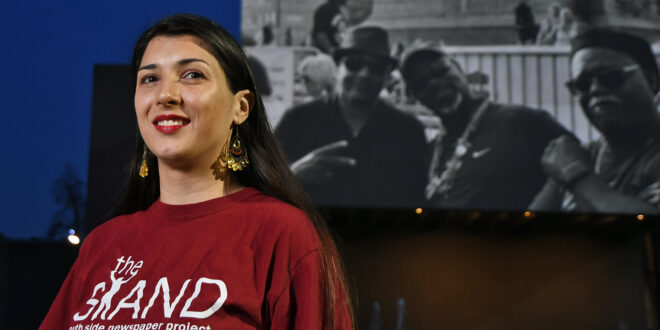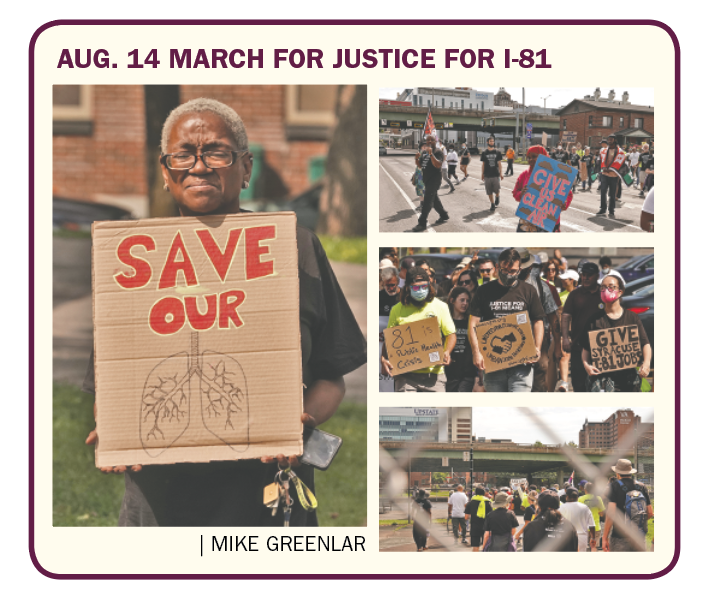For me, it’s a strong publication … for your community, it could be a new vision for I-81
By Ashley Kang
Collective power is the force behind many turning points in human history.
It is also the energy behind the growth of The Stand.
The many who stand with me — as the point person, serving all who wish to contribute in The Stand’s mission — propel me, as well as the project.
This has taken years — even a decade — to build. But as a new volunteer joins the fold, suddenly another emerges. Word spreads. If someone has passion for this city and sharing untold stories, they become part of the team.

This past year, our team published countless online stories, produced five print issues and supported me throughout the pandemic to devise ways to inform readers and re-envision our most popular community outreach. Over the 2020 summer, we shifted from gathering for a Photo Walk to organizing a citywide Photo Contest. This summer, I wanted to see the Photo Walk return, while still being aware of how quickly things can change under a pandemic. To be flexible and safe, I chose a hybrid option: Contest and Walk. With volunteer outpouring, we offered five times as many Photo Walks than past years, leading walks on multiple sides of the city. The contest also continued and culminated with what I can only call a Photo Bash in celebration of the many talented community photographers who call this city home. View the winning images and read judges’ feedback by following us on Instagram.
Collective power is defined as the capacity of a group to realize its common goals.
This force is also needed by others working in the community to serve residents — like the New York Civil Liberties Union and the Urban Jobs Task Force. Our reporters have covered their collective efforts, most recently the Aug. 14 March for Justice for I-81 and the Aug. 18 Public Hearing.

Both groups are fervently working to address historical wrongs as plans begin to be set on the reconstruction of the I-81 viaduct. South Side residents, who will be directly impacted, have a chance in the coming weeks to provide input. Be a single voice, one that can grow, becoming an un-ignorable roar.
How can you contribute to this collective power? By submitting a comment to the New York State Department of Transportation, who must read and respond to every individual comment.
Does a single voice sound more powerful now?
Lanessa Chaplin, NYCLU Project I-81 counsel, says the I-81 project could be the catalyst for knitting back together what the highway destroyed. Her review of the Draft Environmental Impact Statement (DEIS), a government document outlining the impact this project will have on the surrounding neighborhood, finds three top insufficiencies.
- Environmental Justice — The health impact, especially air quality, for residents, young to old, during construction
- Compensation — Establish a land trust for returning land and assistance for residents who will need to relocate
- Local Hiring — Creation of legally-binding goals, monitoring and enforcement to ensure local, minority workers are on the project
Ashley Kang is director of The Stand
 The Stand
The Stand



